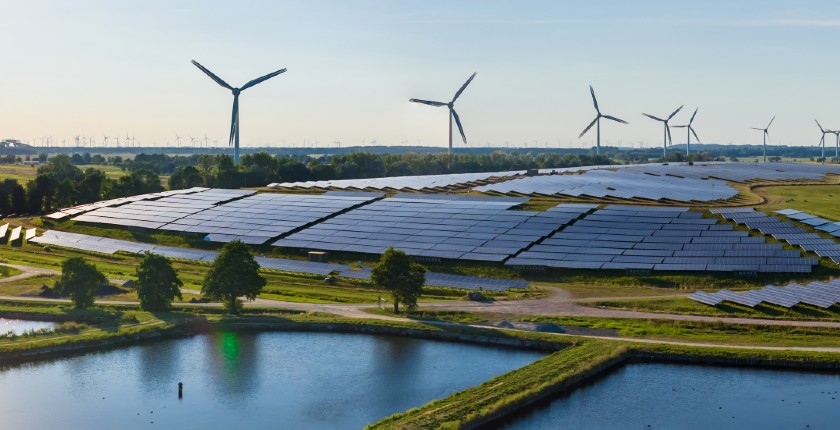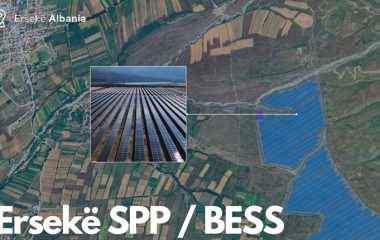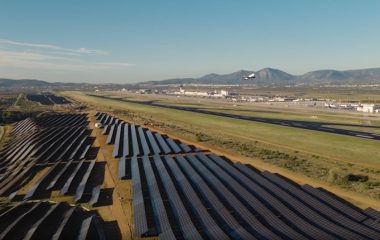
Photo: iStock
European Union member states and the European Parliament are starting negotiations on changing the Renewable Energy Directive (RED) to match the REPowerEU plan, which implies faster permitting for renewables. The Transport, Telecommunications and Energy Council also agreed on a gas price cap and a negotiating position on methane emissions.
After last week’s vote in the European Parliament, resulting in a proposal for shortening and simplifying the permitting process for renewable energy installations, the Council of the EU issued its own version, setting the stage for negotiations between the two sides.
The goal is to harmonize the Renewable Energy Directive (RED) with the REPowerEU plan. The European Commission launched the initiative in May to reduce the EU’s dependence on Russian fossil fuels and step up progress toward achieving climate neutrality by 2050.
Renewable energy plans for go-to areas would be subject to single environmental impact assessments instead for each project individually
Individual governments will design so-called go-to areas with lower environmental risks for renewables, where regulations would be looser, said the Council of the EU, which represents member states. Still, they must include mitigation measures for environment for such places. The plan for every area would be subject to a simplified environmental impact assessment, instead of for each project.
Energy ministers confirmed the target of at least 40% of the share of energy from renewable sources in 2030 in the union’s gross final consumption, even though the commission proposed to boost the target to 45%. The current target, in the 2018 Renewable Energy Directive, is 32.5%.
European Parliament wants shorter deadlines for go-to areas
The council said member states would need to designate go-to areas within 30 months. Permitting for new facilities would be cut to a maximum of 12 months after the environmental assessment, or two years for offshore renewables. Member states can exclude biomass combustion plants and hydropower plants, according to the energy ministers.
The European Parliament, on the other hand, said the deadline should be nine months for projects in the go-to areas, or 18 months elsewhere. Environmentalists are warning that excluding projects from environmental impact assessments isn’t compatible with the Birds Directive and Habitats Directive.
New rules in pipeline for methane emissions
In other news, the energy ministers reached an agreement (general approach) on a proposal to track and reduce methane emissions in the energy sector. The oil, gas and coal sectors would be required to measure, report and verify methane emissions, and to prevent and minimize them, the council said.
Negotiations on the methane emission regulation can start when the European Parliament comes up with a proposal
The European Commission and several member states criticized the decision, arguing it is not strict enough. Negotiations on the appropriate regulation can start when the European Parliament comes up with a proposal.
EU to establish gas price cap mechanism in February
The same body, formally known as the Transport, Telecommunications and Energy Council, finally introduced a cap on gas prices, which will come into force on February 15. The mechanism is triggered when front-month prices at the Dutch Title Transfer Facility (TTF), Europe’s main gas hub, exceed EUR 180 per MWh for three consecutive working days, and if they are at the same time more than EUR 35 per MWh higher than the global benchmark for liquefied natural gas, LNG.
However, there are cases when the cap would be suspended, for instance if gas demand spikes. Austria and the Netherlands abstained from the vote, saying the market correction mechanism may jeopardize financial stability and the security of supply.

















Be the first one to comment on this article.